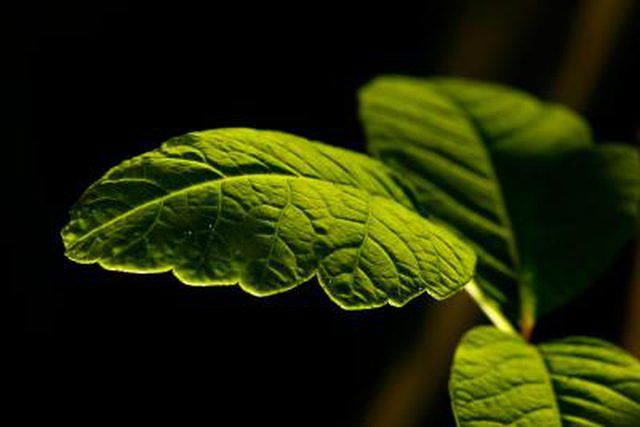Bulbs
Flower Basics
Flower Beds & Specialty Gardens
Flower Garden
Garden Furniture
Garden Gnomes
Garden Seeds
Garden Sheds
Garden Statues
Garden Tools & Supplies
Gardening Basics
Green & Organic
Groundcovers & Vines
Growing Annuals
Growing Basil
Growing Beans
Growing Berries
Growing Blueberries
Growing Cactus
Growing Corn
Growing Cotton
Growing Edibles
Growing Flowers
Growing Garlic
Growing Grapes
Growing Grass
Growing Herbs
Growing Jasmine
Growing Mint
Growing Mushrooms
Orchids
Growing Peanuts
Growing Perennials
Growing Plants
Growing Rosemary
Growing Roses
Growing Strawberries
Growing Sunflowers
Growing Thyme
Growing Tomatoes
Growing Tulips
Growing Vegetables
Herb Basics
Herb Garden
Indoor Growing
Landscaping Basics
Landscaping Patios
Landscaping Plants
Landscaping Shrubs
Landscaping Trees
Landscaping Walks & Pathways
Lawn Basics
Lawn Maintenance
Lawn Mowers
Lawn Ornaments
Lawn Planting
Lawn Tools
Outdoor Growing
Overall Landscape Planning
Pests, Weeds & Problems
Plant Basics
Rock Garden
Rose Garden
Shrubs
Soil
Specialty Gardens
Trees
Vegetable Garden
Yard Maintenance
Can You Die From Poison Oak?
Can You Die From Poison Oak?. You can, in theory, die from poison oak poisoning if you develop severe respiratory symptoms. However, poison oak is most noted for causing contact dermatitis that a medical professional can readily diagnosis and treat.

You can, in theory, die from poison oak poisoning if you develop severe respiratory symptoms. However, poison oak is most noted for causing contact dermatitis that a medical professional can readily diagnosis and treat.
Poison Oak
Poison oak (Toxicodendron diversilobum) refers to the Western poison oak and Atlantic poison oak (Toxicodendron pubescens). The toxic plants have three glossy leaves. These plants are not true oaks, but part of the sumac family (Anacardia). The leaves are red-green in spring, dark green in summer and red in autumn. The flowers are whitish-green and dangle in clusters. The seeds are green balls that in summer are white when they become ripe. All parts of these plants are dangerous.
Urushiol
Urushiol is a toxic oil, an allergen, that is found in poison oak, poison sumac and poison ivy. It is not an immediate allergen, but one that takes sensitization and, usually, a second contact with poison oak to evidence a person's allergy.
Urushiol Delivery
According to the American Academy of Dermatology, people can come in contact with urushiol when they accidentally break leaves. Urushiol poisoning can also occur when someone touches clothes, tools or pets that have come into contact with poison oak. Respiratory contact can occur from pollen and from burning poison oak foliage.
Symptoms Of Urushiol Poisoning
According to the Merck Manual, about 50 percent to 70 percent of the population is allergic to urushiol. The symptoms of urushiol poisoning, begin with itching and swelling. An inflammation of tiny pimples cover the skin. Blistering can occur with clear fluid exuding from the rash. Urushiol poison symptoms can last two to five weeks. According to Wildland Firefighter magazine, burning poison oak can cause respiratory symptoms such as blisters in the lungs, swelling of the lungs and coughing. Extreme irritation and swelling in the throat, sometimes closing the airway, has been noted. Seek immediate medical attention for both skin and respiratory conditions.
Poison Oak Poisoning Prevention
Wearing long sleeve shirts, long pants, gloves and a hat while gardening is essential to preventing poison oak dermatitis. Eye protection is also useful. Washing clothes and hands after poison oak contact is important. Never burn poison oak, poison ivy or sumac. The plant is dormant in winter and can be carefully removed in its resting phase. Always wear protective clothing while removing poison oak.